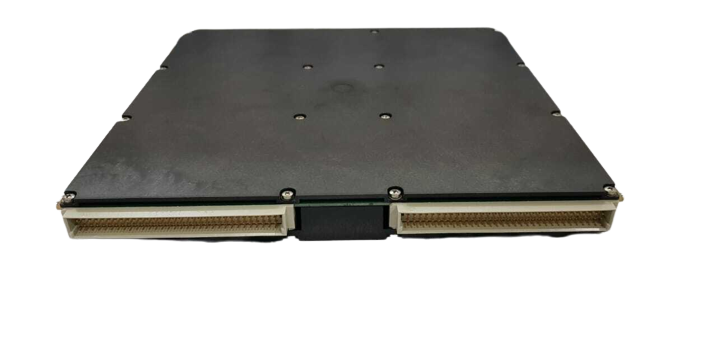
World Of Controls understands the criticality of your requirement and works towards reducing the lead time as much as possible.
5466-316 - Analog Combo Module is available in stock which ships the same day.
5466-316 - Analog Combo Module comes in UNUSED as well as REBUILT condition.
To avail our best deals for 5466-316 - Analog Combo Module, contact us and we will get back to you within 24 hours.
SPECIFICATIONS:
Part Number: 5466-316
Manufacturer: Woodward
Product type: Analog Combo Module
Input Voltage: 24 Vdc
Maximum Operating Current: 12 V
Operating Temperature: -25°C to +70°C
Isolation Protection: 3000 VDC
Power Supply: 10 - 60 VDC
Availability: In Stock
Weight: 2 lbs
Country of Manufacture: United States (USA)
FUNCTIONAL DESCRIPTION:
5466-316 is an Analog Combo Module manufactured and designed by Woodward as part of the 5400 Series used in Turbine Control Systems. Analog HD Combo modules were first introduced in 1997 for the Steam Controls market. This module includes a combination of eight Analog Inputs, four Analog Outputs, four Speed Inputs, and two Proportional Actuator Outputs. Each High-Density Analog Combo module includes circuitry for four-speed sensor inputs, eight analog inputs, four analog outputs, and two proportional actuator driver outputs. Each speed sensor input may be a magnetic pick-up or a proximity probe, each analog input must be 4-20 mA, and each actuator driver may be configured as 4-20 mA or 20-160 mA. Modules are available in two configurations. One has 4-20 mA analog inputs and the other has 0-5 V analog inputs. In a simplex system, either Analog Combo module is linked to one Analog Combo FTM via two analog cables.
FEATURES:
WOC has the largest stock of Woodward 5400 series Turbine Control System Replacement Parts. We can also repair your faulty boards. WORLD OF CONTROLS can also supply unused and rebuilt backed-up with a warranty. Our team of experts is available round the clock to support your OEM needs. Our team of experts at WOC is happy to assist you with any of your automation requirements. For pricing and availability on any parts and repairs, kindly get in touch with our team by phone or email.
Is there an option for the application software to provide a derivative output?
Yes, the application software can provide a derivative output if desired. This allows for additional processing or analysis of the speed data.
How does the Analog Combo module filter the speed sensor inputs?
The Analog Combo module applies a filter to the speed sensor inputs. The time constant of the filter can be selected through the application software program and is adjustable to either 8 milliseconds or 16 milliseconds.
Which filter time constant is recommended for most applications?
For most applications, a filter time constant of eight milliseconds should be sufficient. This provides an appropriate balance between filtering out noise and maintaining responsiveness.